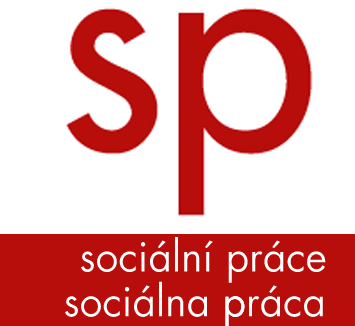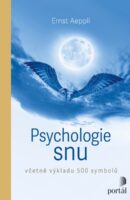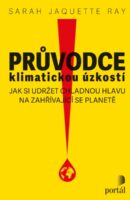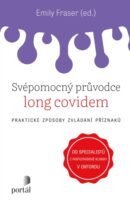Dear readers,
We are introducing a new volume of Czech and Slovak Social Work Journal, which we could simply call “colourful”.
If you are looking for contributions that discuss new but also recurring topics in social work, research strategies, client groups, or innovative practices in social work education, then you have in your hands an issue of our journal that fulfils all the above.
In his contribution, Malcolm Payne brings up the topic of ecological or green social work. It draws attention to the need for a more comprehensive understanding linking the political and practical consequences of ecological changes. Although, according to the author, environmental social work and eco practice are at an early stage of their development, it is necessary that social work also responds to problems with the ecology of Earth’s natural environment. The author stresses the need to clarify social work´s theoretical position on eco practice, develop evidence of the impact of environmental issues on the lives of the people who use social workers’ services, and develop the perspective that environmental issues are among the pressures that are having important effects on the lives of the people it tries to help. Transformative learning as one of the concepts of adult education is relatively well known. Anita Gulczynska in her article, entitled Components of the Context Fostering a Transformative Learning in the Course of Social Work Education, presents the use of this concept through an autobiographicalreflection on the use of transformative learning in socially engaged qualitative research. Based on this example she defines possibilities of incorporating transformative learning into social work education including the supervision of social work students’ individual research projects.
Authors Soňa Lovašová and Monika Piliarová describe Group Art Therapy as one of the forms of increasing the professional competences of social workers. The authors present their research, the aim of which was to find out how the communication, social, and individual competences of social workers who participated in group art therapy sessions change. In today’s postmodern society, according to the authors, art is one of the most prestigious and persuasive tools for teaching and for changing behaviour.
Lukáš Válek, Vladimír Bureš, Olga Glumac, Mariusz Kwiatkowski, Dorota Bazun, Aram Vartikyan, Yevgine Vardanyan, Alla Strishna in their contribution reflect on people’s coproductive grassroots community problemsolving in reaction to complications caused by COVID-19 and related restrictions by using a multidisciplinary view of community building and co-production in the unique situation of pandemics, when face masks were inaccessible and precious. The authors pay special attention to the community creation and potential of coproduction from the bottom up when those who gather around the same goal share an intra-group identity.
Peter Patyi investigates the existence of Romaphobia as part of the concept of the group-focused enmity syndrome (GFE) in Slovak conditions. In his article he examines majority population attitudes towards the Roma minority in the Slovakia: classical stereotypes and prejudices, fear and system attitudes, and structural attitudes. The analysis outcomes indicate that societal attitudes towards the Roma ethnic group are hugely influenced by political preference with nationalistic contents. The author sees social work practice, system analyses, counselling, and community-oriented interventions as a way through, which can achieve the strengthening of the position of the Roma in society and thus reduce the interethnic tension between them.
The integration issue is examined in an article by Eva Dohnalová. Based on a multipleexplanatory case study she analyses the approaches of selected cities to the integration of foreigners both at the declarative and implementation levels, and at the same time to reflect on the approaches of the political and professional representatives of Czech cities towards this target group. According to the author, the competences and responsibilities in the integration policies of municipalities are not clearly defined. Their definition is thus left up to municipalities. This has an effect on financing as well, which is primarily still based on projects.
The following contribution focuses on the activities of the Department of Social Security and Workforce Councils of the North Moravian Regional National Committee of Ostrava in connection with the activities of associations dedicated to social work. The authors Marie Špiláčková and Nikola Štenclová analyse these activities in the period of the 1950s and 1960s using the content analysis of archival, mostly primary documents. These findings are beneficial for understanding the perception of the role and contribution of these institutions at the time.
We hope that you find ideas in this summer volume of our journal that are inspiring and will benefit both your research and your teaching activities.
Miriam Slaná & Ondrej Botek
Editors of the issue






